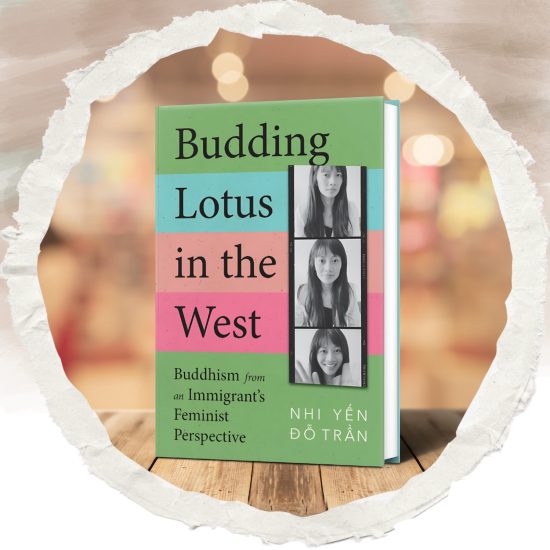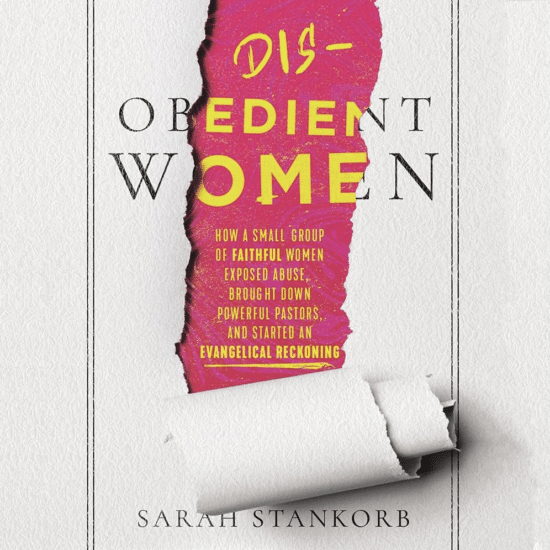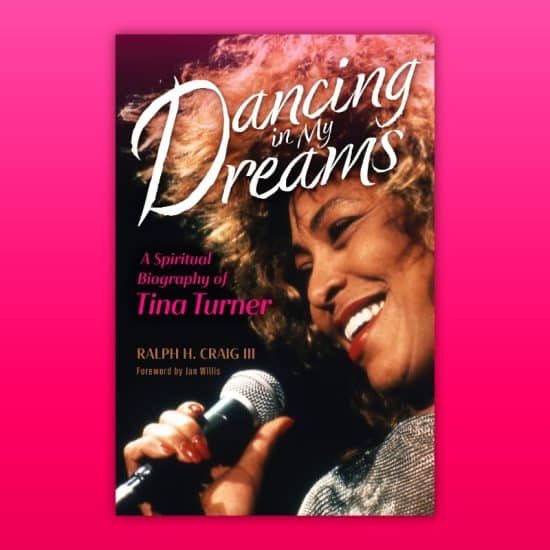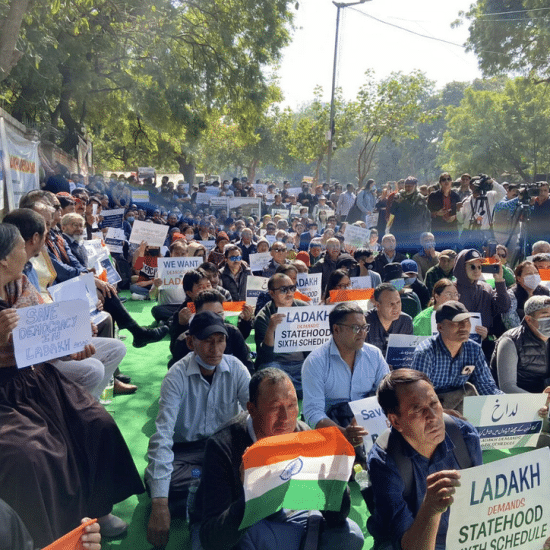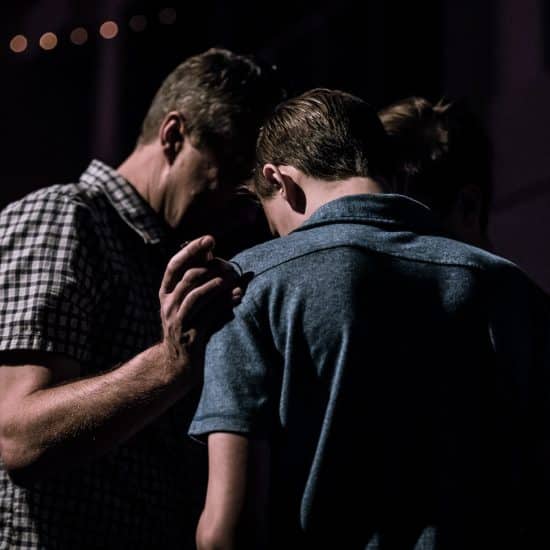

BELL HOOKS’ SPIRITUAL VISION: Buddhist, Christian, Feminist. By Nadra Nittle. Minneapolis, MN: Fortress Press, 2023. 143 pages.
Although I had heard the name bell hooks (she spelled her name in lowercase letters) I have not read her works nor do I know much about her life and work. At least I didn’t know much before I received an advanced reader’s copy of Nadra Nittle’s book bell hooks’ Spiritual Vision. Having recently read an advanced reader’s copy of Tina Turner’s spiritual biography—Dancing in My Dreams: A Spiritual Biography of Tina Turner (Library of Religious Biography)—which focuses on Turner’s syncretistic spirituality that included a mixture of Christianity, Buddhism, and other spiritualities, this book, which focuses on hooks’ syncretistic spirituality that mixes Christianity and Buddhism intrigued me since both women are African Americans. While Tina Turner was a rock star, bell hooks’ was a feminist scholar and author. There are similarities in their stories. Both women experienced dysfunctional home lives as children but found spiritual support and sustenance from maternal grandmothers who introduced the two women to alternative spiritualities that helped sustain them in life.
Nadra Nittles is the author of this introduction to the spiritual vision of bell hooks. She is a journalist based in Los Angeles. Most recently she has been a staff reporter for The 19th News. She is also the author of Toni Morrison’s Spiritual Vision: Faith, Folktales, and Feminism in Her Life and Literature, which was the first book in a trilogy examining the spiritual visions of three African Americans. This book is the second book in the series, with the third book in the series to appear in 2024. It will focus on the spiritual vision of James Baldwin.
This relatively brief book introduces us to the spiritual vision of bell hooks, who died in December 2021. Nittle helps us better understand how hooks’ spiritual journey connected with her life as an important feminist theorist and cultural critic, as well as being a respected scholar and writer. At a time when “wokeism” in our schools and cultural institutions is the topic of conversation and opposition from the political and religious right, in many ways, Nittle’s book serves as an important response, even if it is an indirect one.
Although hooks had much to overcome in life, Nittle doesn’t portray her as a victim. Nevertheless, the oppressive realities she faced as a black woman, both within the black community and outside, helped her craft her feminist response. That response is rooted in a message of love, which hooks believed stood as a “remedy to the world’s social problems due to a spiritual practice steeped in Buddhism and Christianity” (p. 2). This spirituality served as a foundation for her political, personal, and professional life. This spiritual foundation has been, Nittle notes, largely underrecognized. Thus, she writes that “this book reframes the work of hooks to better reflect her identity as both a radical feminist and a believer—motivated by love as a force for revolution” (p. 3).
For those who, like me, do not know much about hooks’ life and background, Nittle reveals that hooks was born in 1952 as Gloria Jean Watkins. One of seven children, Watkins hailed from Hopkinsville, Kentucky. Nittle tells us about hooks’ life story in chapter two, a chapter titled “The Girl with Too Much Spirit,” but first she introduces us in chapter 1 to hooks’ Buddhist-Christian love ethic. This love ethic is revealed in her books, including her book All About Love. While she emphasized this religiously based love ethic in her work, her efforts as a cultural critic led to a backlash. That is especially due to her writings that argued against portrayals of hypersexualized, enslaved Black female bodies. It was her critique of Beyonce’s Lemonade album that drew the most criticism. While not everyone appreciated her perspective, she saw her work as one of liberation rooted in her synthesis of Christianity and Buddhism. Her engagement with Buddhism drew greatly on the work of Thich Nhat Hahn.
After introducing us to this Buddhist-Christian spiritual vision that has its roots in her early life, we move to that life story in Chapter 2, which is titled “The Girl with Too Much Spirit.” That title captures how her family felt about her spiritedness. Growing up she often transgressed the prescribed social order, a social order that if transgressed, in her family’s view, would preclude a husband, children, and economic security. She was told that “her intelligence is a problem because men don’t like smart women.” She was also criticized for being too skinny. Additionally, her interest in classical literature was treated with suspicion. All of this is described, we learn, in hooks’ autobiography Bone Black. Her difficult childhood experiences led to her embrace of child liberation theology. While her childhood was difficult, she also learned from her experiences in the black church. She was especially helped by one of the women in the church, Miss Erma, who took a special interest in her. While her immediate family could be abusive, she found supportive influences from her maternal grandparents, such as her grandfather, Daddy Gus, who contributed to her development as a nonviolent feminist and anti-capitalist.
Chapter 3 is titled “Christianity for the Outcast.” Here we encounter influential people in her life, as Miss Erma, a disabled deacon in her church, and Daddy Gus, who introduced her to an empathetic, loving Christianity that was much different from the narrow Christianity of her Aunt Charley. Additionally, she learned a more syncretistic spirituality from her maternal grandmother, Saru. Saru not only introduced hooks to African spirituality, but she also served as a role model for her adult life. She learned meditative practices that would help her develop her Buddhist practices. This discussion is followed in Chapter 4 with an exploration of “A Feminist Approach to Spirituality.” Her introduction to feminism took place during her college years in the 1970s. As she became involved with the Feminist movement, she learned to love herself and experienced healing from patriarchal assaults whether in the context of the family of origin or intimate relationships. One of the figures she drew upon was Julian of Norwich, whose writings on the “Revelation of Divine Love,” provided her with a lens to visualize the divinity of the feminine.
Chapter 5, which is titled “Rejecting Capitalism and Fundamentalism: Reimagining Religion,” takes us more deeply into hooks’ anti-capitalist ideology as well as her rejection of the religious fundamentalism she encountered growing up. She was concerned about the growth of capitalist-rooted alternative religious schemes, where the promise of healing was connected to the exchange of money. More importantly, she critiqued fundamentalist religion that oppressed women, and women of color in particular. She did this by blending her experiences with Christianity and Buddhism, always emphasizing the love ethic. Nittle writes that hooks was “a product of the women’s liberation movement that promoted feminist spirituality,” such that “hooks wanted women to know they had options other than religious fundamentalism. They did not have to worship in institutions that ignored their innate gifts or marginalized them because of their race, class, gender, or sexuality. Rather hooks hoped that women would engage in spiritual practices that made them feel loved and affirmed” (p. 85).
In chapter 6, titled “Love Is Everything,” Nittle focuses on hooks’ book All About Love: New Visions. Nittle writes that “Drawing on Buddhist, Protestant, Catholic, and New get Traditions as well as humanistic psychology, hooks grounds love in religion. Her radical politics also inform her characterization of love. With this in mind, hooks believed that the antidotes to lovelessness include emotional honesty and commitment, the liberation of children, the end of gender essentialism, and rejection of patriarchal and capitalist norms” (p. 87). In that book, she encourages her readers to shift their understanding of love from feelings to action. I’ve not read this book, which returned to the bestseller lists during COVID-19, but it does seem to speak to a biblical vision of love that transcends romance to commitment and trust. That message is continued in chapter 7, “New Visions of Romance and Relationships.” Nittle reports that hooks received pushback on the message and belief system in her book “All About Love” from the academic community and book reviewers who viewed her perspective on love as not sufficiently rational. Nevertheless, she stood strong in her perspective, which suggests that this is a book worth exploring.
I’ve still not read hooks’ books, but I believe that I am much more conversant with hooks’ vision than I did before reading Nittle’s book bell hooks’ Spiritual Vision. Although the book is relatively short and can be read quickly, it nonetheless introduces (or reintroduces) us to a figure with an important word that is rooted in a spirituality that draws from both Buddhism and Christianity. As is true of the Tina Turner biography, we discover how Buddhism and Christianity can come together in one person’s spiritual development. In hooks’ case, this integrated spirituality provided the foundation for her vision of love that speaks loudly to the world where love is often absent, and where oppression and greed are everywhere. I may not be as eager as hooks to integrate another faith tradition with Christianity, but we learn here that for hooks, it was the integration of the two that provided the foundation for her life and work. So, may this book serve as an invitation to consider the work and message of bell hooks.
As a final note to this review, it’s important to note that at the time this review appears the book has not yet been released. At this time bell hooks’ Spiritual Vision is due to be released on November 7th. One can, however, preorder the book at one’s favorite bookstore, the publisher, and of course, at Amazon.
This review originally appeared on BobCornwall.com.
Robert D. Cornwall is an ordained minister in the Christian Church (Disciples of Christ). Now retired from his ministry at Central Woodward Christian Church (Disciples of Christ) of Troy, Michigan, he serves as Minister-at-Large in Troy. He holds a Ph.D. in Historical Theology from Fuller Theological Seminary and is the author of numerous books including his latest “Second Thoughts about the Second Coming: Understanding the End Times, Our Future, and Christian Hope” coauthored with Ronald J. Allen. His blog Ponderings on a Faith Journey can be found at www.bobcornwall.com.

